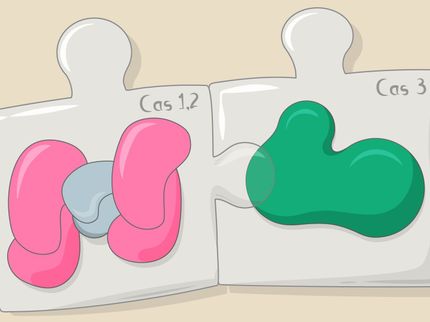454 Life Sciences Receives $5 million NIH Grant for Ultraminiaturized Technology to Sequence Whole Human Genomes
Award recognizes the potential of 454 Life Sciences' technology to routinely sequence individual human genomes
Advertisement
454 Life Sciences, a majority-owned subsidiary of CuraGen Corporation (Nasdaq: CRGN), announced today that the Company was awarded a $5 million grant over three years from the National human genome Research Institute (NHGRI), one of the National Institutes of Health (NIH) to develop the Company's technology as a method to routinely sequence individual human genomes on PicoTiterPlates(TM), each about the size of a credit card. This grant is specifically being awarded to technology that could lower the cost of sequencing a single mammalian genome from approximately $10 million to $100,000 or less within the next three to five years.
The grant, titled "The 454 Life Sciences Massively Parallel System for DNA Sequencing Technology," aims to achieve the NIH's initial goal of reducing the cost of whole mammalian genome sequencing by 100-fold, or to approximately $100,000 per genome, and to establish a path toward the $1,000 genome. This grant from the NIH acknowledges the potential of 454 Life Sciences' technology to sequence whole mammalian genomes, such as the mouse or human genome, within the next three years at a fraction of the current cost. This is the second major grant awarded to 454 Life Sciences for the continued development of its sequencing technology, affirming 454 as a leader in this emerging field. Earlier this year 454 received another grant from the NHGRI to further develop key components of its technology as it is scaled up from the routine sequencing of viruses and bacteria toward humans.
"We are very pleased to be recognized by the NHGRI and NIH as a leader in sequencing technology and for our potential to significantly reduce the cost of whole genome sequencing," stated Richard F. Begley, Ph.D., President and CEO of 454 Life Sciences. "We are focused on continuing to be a leader in whole genome sequencing technologies by commercializing an instrument that will routinely sequence genomes for less than $100,000, and ultimately produce an instrument capable of achieving the $1,000 human genome."
Through proprietary picoliter-technologies, patented light based sequencing chemistries, and state of the art informatics, 454 Life Sciences' technology is currently able to sequence greater than 100 times faster than other currently available systems. The Company's technology represents the first platform to take advantage of picoliter scale volumes and apply predictable scalability -- much like Moore's law predicted rapid progress in computer chips -- for the sequencing of viral, bacterial and ultimately human genomes. The Company's technology enables one individual to not only prepare, but also sequence a genome after performing only one sample preparation, irrespective of the size of the genome being studied. This approach is in stark contrast to standard sequencing methods that are significantly more expensive, laborious, and slow. For example, to sequence the first human genome, the effort required approximately 60 million sample preparations, 12 years, and $2.7 billion dollars.


























































